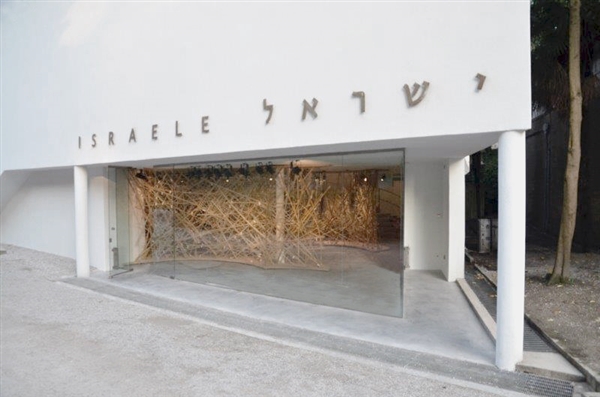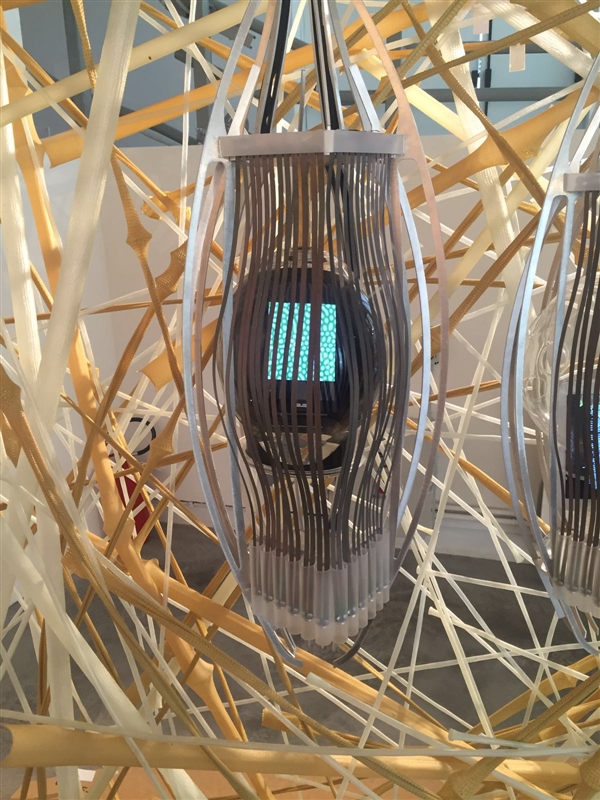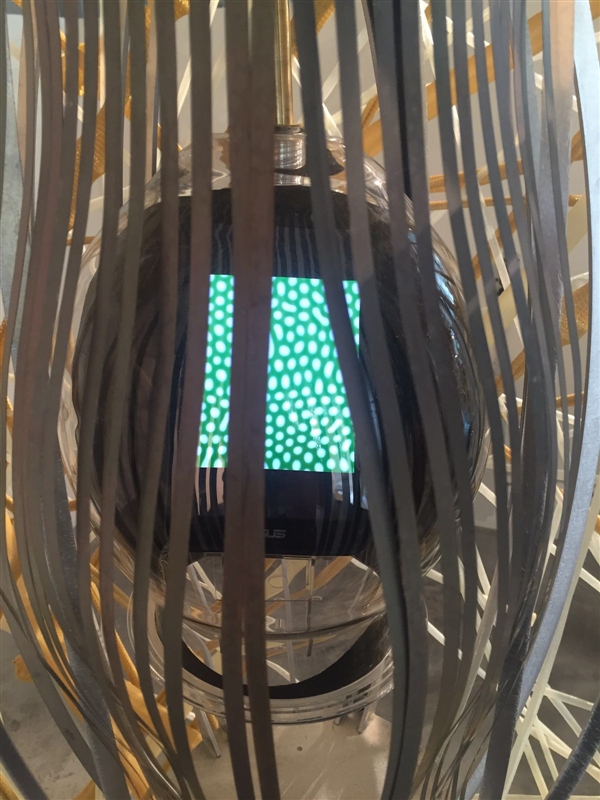BGU's Prof. Ehud Meron and his student Yuval R. Zelnik are presenting a model simulation in the Israeli Pavilion at the Biennale for Architecture in Venice, which opened this week and will run through November.

Meron and Zelnik are part of the LifeObject exhibition. The Israeli Pavilion at this year’s Venice Architecture Biennale has been transformed into a laboratory for biologically inspired architectural research. The LifeObject exhibition does away with distinctions which have long separated nature from artifice, examining new relationships taking shape between human beings and their environment, from the nano-scale to larger global environmental phenomena, and from the materials themselves to the urban structures they create. Merging biology and architecture, LifeObject spans all levels of animation, from the bio-inspired design of inanimate material, through dynamic inorganic material, to living material itself.

The collection of on-going scientific researches, demonstrated as a biological “Cabinet de curiosités” in the breathing cells of theLifeObject, hints at a future integration in architecture that could make use of their inherent properties, forms and behaviors.
Meron is at the forefront of explaining how pattern formation theory is essential to the understanding of spatial ecology. One of the most famous and most visible examples of pattern formation are the “fairy circles” in Namibia.
Meron and Zelnik model explains self-organized vegetation patterns in drylands. Drylands occupy 40% of the terrestrial earth surface and are home to more than one third of the world population, explains Meron. Understanding their response to climate variability is therefore of paramount importance. The movie shows the dynamics of a uniform vegetation land-cover in response to a continual rainfall decrease, as predicted by model simulations. The uniform cover first breaks into a periodic pattern of circular bare-soil gaps that self-organize in hexagonal order in which each gap is surrounded by six other gaps. Gap patterns of this kind are known as “fairy circles”. They have been observed in Namibia and recently in Australia too. Gap formation is a mechanism to cope with water stress; the gaps provide an additional source of water for vegetation growth through various mechanisms of water transport: overland water flow, soil-water diffusion and water conduction by laterally extended roots. As the rainfall further decreases morphological transitions to new patterns take place, first to a stripe pattern then to a spot pattern. These pattern morphologies increase the water-contributing bare-soil areas and thereby compensate for the lower rainfall.

According to Meron, taking into account these natural forms of spatial self-organization in landscaping may result in more sustainable landscapes with possible architectural applications including planting patterns and water management.
He and Zelnik are members of the Alexandre Yersin Department of Solar Energy and Environmental Physics, Jacob Blaustein Institutes for Desert Research on BGU’s Sede Boqer campus.
The15th International Architecture Exhibition,titled REPORTING FROM THE FRONT, is curated byAlejandro Aravena and organized byLa Biennale di Venezia chaired byPaolo Baratta. The exhibition will be open to the public from Saturday May 28th to Sunday November 27th 2016 at the Giardini and the Arsenale.
